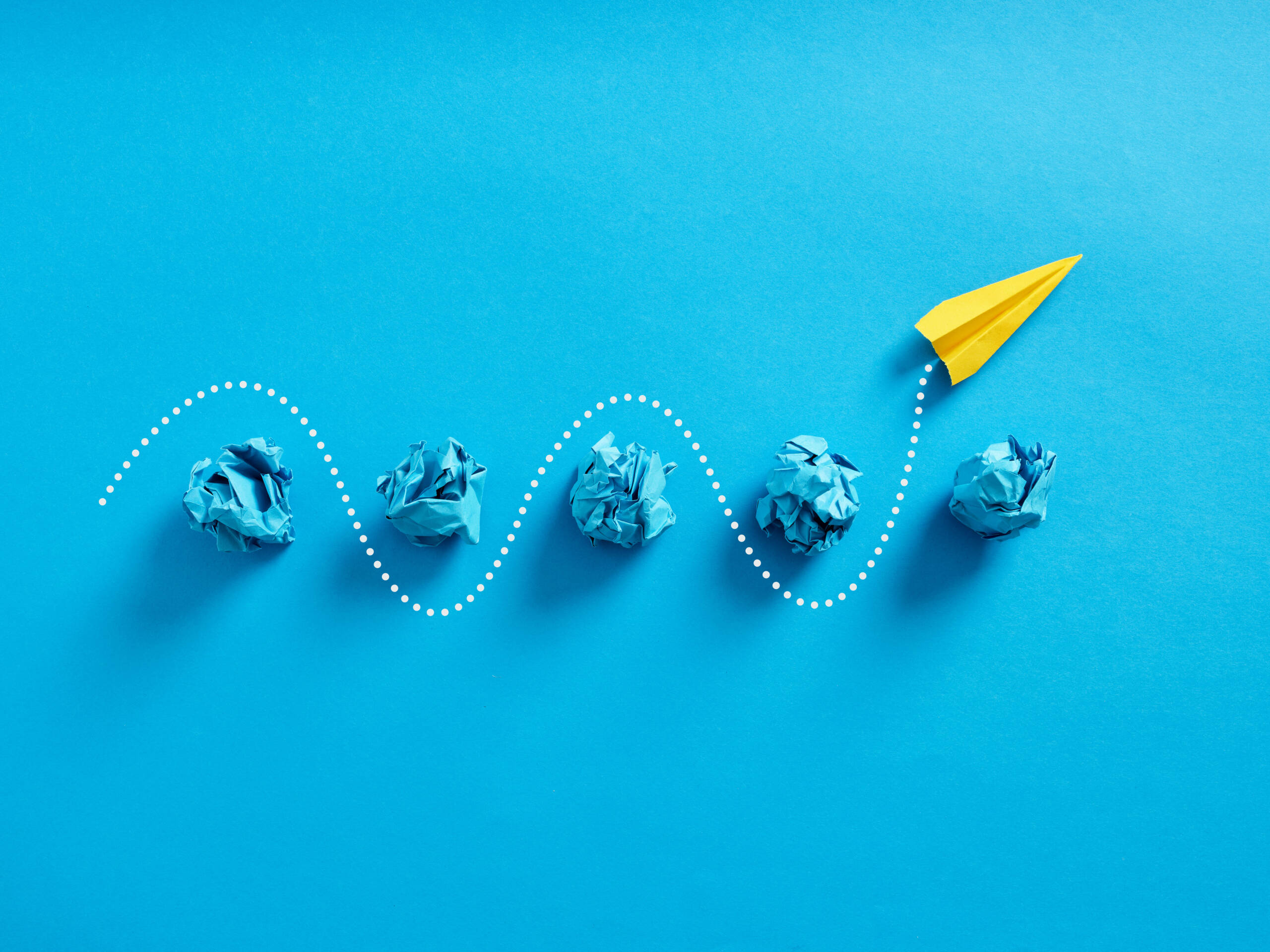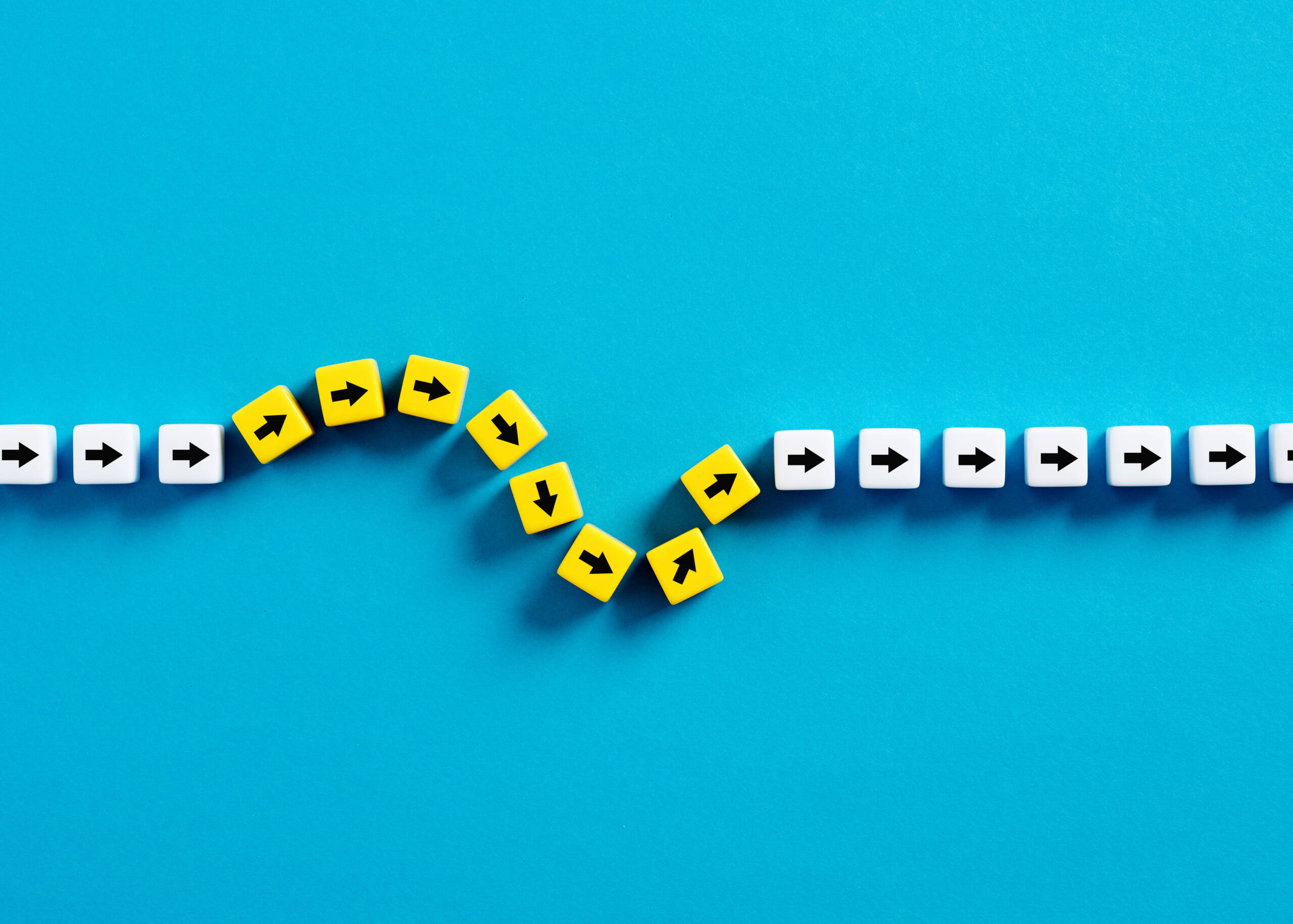Energy – it’s something we give, and take. And sometimes the balance of give and take gets out of whack. I recommend at minimum 3 times every year you do an energy inventory. This process helps you get centered, and assess how you are feeling and what you need to keep your energy level high. Without a conscious inventory of where our energy is at, we are at risk of pushing through or going on autopilot and depleting our energy to a point where it starts to affect our health, relationships, and overall mental well-being. I wanted to share some tips from my energy inventory practice to help you assess where your energy is being generated and depleted.
Step 1: Journal about your energy for a week straight
Even if you aren’t a journaling type of person, you can send yourself an email at the end of each day, or just take mental notes of how you are feeling. The goal of this is to have you slow down and be very conscious about energy flow to you and from you and how it feels. I also recommend that people who are looking to change careers do this as it helps you narrow in on the activities (not just a title or position) that give you energy so you can find a position that has more of those types of activities.
Focus on these questions as you are journaling about your energy during those 3-4 days.
- Where was my energy high today? (My heart was beating faster, a great positive interaction, I accomplished something that felt great)
- Where did my energy feel low or where did I feel anxiety or fear creep in?
- Rate your overall energy on a scale of 1-5.
Score of 1 – Today felt like a slog, let’s hope tomorrow is better
Score of 3 – I feel like there were good parts and not-so-good parts, but overall positive.
Score of 5 – Can we do that again tomorrow – that was fun!
Step 2: At the end of the week, identify 3 themes that you can create actions around and create an action plan. Here are some examples.
- Action 1: I commit to finding 15 min daily to read about that thing that really energizes me.
- If you are into green technologies, but it has nothing to do with your day-to-day job, who cares? Get 15 min of reading on the topic built into your daily routine, and subscribe to a newsletter or podcast about the topic.
- Action 2: I commit to having a conversation with that person who drains my energy when I interact with them to let them know how I feel.
- Oftentimes, the largest drains on our energy are other humans. You need to take inventory of the people and voices that you are allowing to affect you and do some shifting of time and interaction if needed. You don’t have to cut them out of your life, but you can minimize your interactions to save you from an unneeded energy drain.
- Action 3: I commit to having a discussion with my boss to find projects that I can take on that give me high energy.
- So many of us don’t feel in control of our daily lives and job tasks, yet I speak with so many leaders who wish their people would volunteer or offer to do things they are passionate about. Stand up for yourself and your strengths and energies and ask for permission to do more of it. You will be surprised at how people react.
- Action 3: I commit to having a discussion with my boss to find projects that I can take on that give me high energy.
Step 3: The last part of this exercise is to share your action plan with someone your trust and who can hold you accountable.
Tell them that you are taking control of your energy, and these are the things you are working on, and you need their support. Set up a monthly check-in with them – a call or a status email on how you are doing on your actions. When we have someone else who knows and that we know will ask us about our goals, we are much more apt to do something with them.
This practice is something that I have done regularly for the past few years and it’s been a super impactful exercise. It helps me remove the excuses and to own my own energy versus playing victim to the things that happen to me. Each one of these small efforts can have a huge impact over the course of a year or two. The goal is never that each day is full of energy and we never had to do things that drain us, the goal is that we continue to see that ratio change to being more and more things that bring us energy and less and fewer things that don’t.





